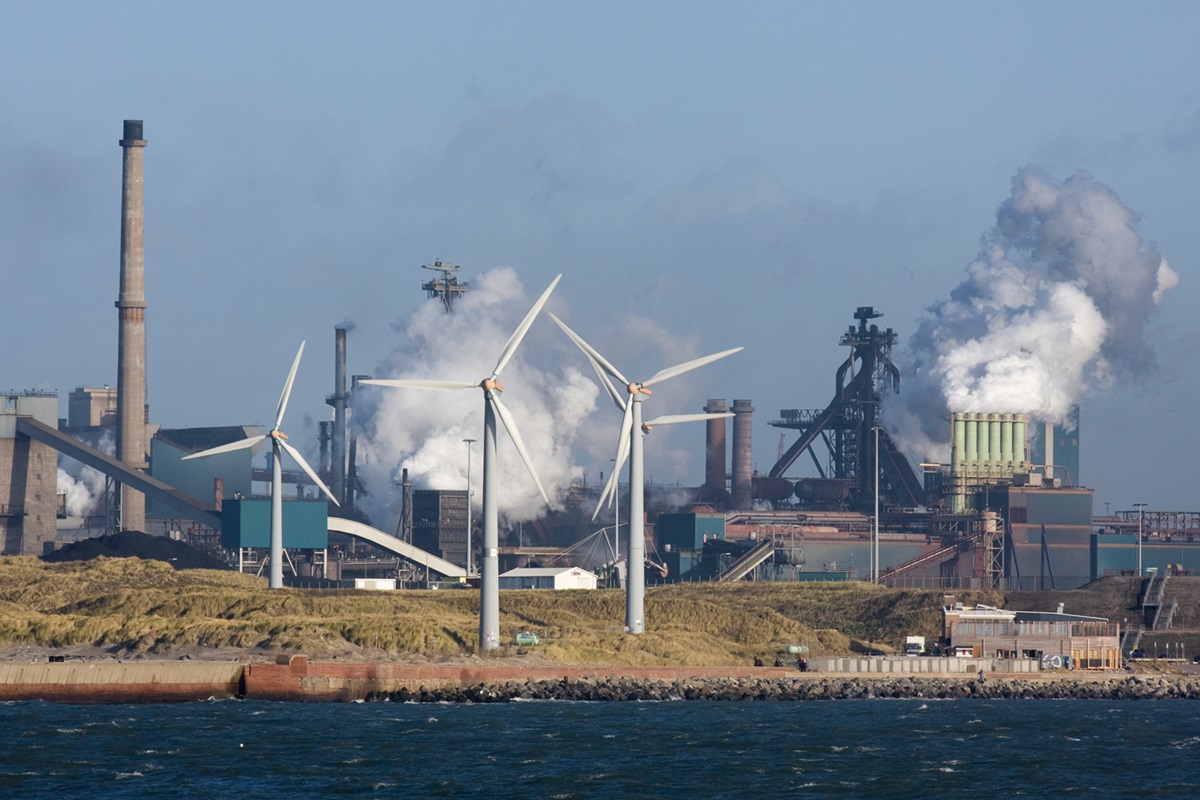
NORTHAMPTON, MA / ACCESSWIRE / June 19, 2024 / Antea Group

The energy sector plays a significant role in the global push to reign-in climate change. Currently, energy and heat utilities are the greatest contributors to global greenhouse gas (GHG) emissions. That, however, is changing. In the United States, the world's second-largest producer of GHG emissions, a significant majority of utilities have committed to net-zero goals, a trend visible across both emerging and established economies around the globe.
Emissions inventories are a powerful tool for identifying sources of GHG emissions - a vital step in working toward net-zero goals. Read on to learn how these inventories can help energy sector businesses gain a clearer picture of Scope 3 emissions.
Scope 3 Emissions and the Energy Sector
Unlike direct emissions (Scope 1) or indirect emissions from purchased energy (Scope 2), Scope 3 emissions encompass all other indirect emissions that occur in a company's value chain. These can range from the extraction and production of purchased materials to the emissions associated with disposed products.
Scope 3 in the energy sector
In the energy sector, Scope 3 emissions often constitute the bulk of an energy company's carbon footprint. This is due to the sector's extensive supply chains and the energy-intensive nature of its products' lifecycle, from extraction through to final consumption.
For example, the majority of Scope 3 emissions related to fossil fuel companies come from the extraction, refinement, and transportation of raw materials. For renewable energy firms, the largest source of Scope 3 emissions are in the manufacturing and transportation of materials for technology like solar panels or wind turbines.
Scope 3 challenges and opportunities
The sheer scale of emissions to track, coupled with the complexity of gathering reliable data from multiple sources across the supply chain, can make conducting a Scope 3 inventory daunting. There is also the added difficulty of engaging and incentivizing suppliers and customers to adopt greener practices.
However, the opportunities for improvement and innovation in this area are substantial and can lead to enhanced relationships with stakeholders, improved regulatory compliance, and increased attractiveness to investors looking for sustainable investment opportunities.
For example, some companies are setting targets based on rigorous criteria with the Science Based Targets initiative (SBTi). Science-based targets (SBTs) are greenhouse gas (GHG) emission reduction targets that are in line with what the latest climate science deems necessary to meet the goals of the Paris Agreement. This agreement aims to limit global warming to well below 2°C above pre-industrial levels and pursue efforts to limit it to 1.5°C.
Setting science-based targets is a strategic move for businesses aiming to future-proof their operations, enhance their reputation, and contribute to global climate action. Specifically setting Scope 3 targets encourages businesses to work closely with their suppliers, customers, and other stakeholders to reduce emissions across the entire value chain.
Regulatory Environment Surrounding Scope 3 Emissions
Regulations governing Scope 3 emissions reporting vary significantly, impacting how companies in the energy sector and beyond must navigate compliance and stakeholder expectations in different markets.
- The Corporate Sustainability Reporting Directive (CSRD) in the European Union extends the reporting requirements for Scope 3 emissions to nearly all large companies and all companies listed on regulated markets (except listed micro-enterprises).
- In the United States, while the Securities and Exchange Commission (SEC) had proposed mandatory Scope 3 reporting, this requirement was eventually dropped.
- Several markets in the Asia Pacific region have announced new and pending regulations for the reporting of Scope 3 emissions.
The Methodology Behind Scope 3 Emissions Reporting
To effectively calculate and report on Scope 3 emissions, energy companies should follow established methodologies like those outlined in the GHG Protocol's Corporate Value Chain (Scope 3) Standard.
This standard provides a step-by-step framework to:
- Identify emissions hotspots within your supply chain.
- Collect data from suppliers, which often requires robust supplier engagement and data management systems.
- Calculate emissions using approved models and conversion factors that translate activity data (like amount of fuel used or distance traveled) into greenhouse gas emissions.
Given the indirect nature of Scope 3 emissions, implementing a systematic approach to data management can help ensure accuracy and completeness of data collected. It's best to use a mix of actual data and estimates where precise data is unavailable and apply conservative assumptions to avoid underreporting. Regularly update and refine data collection methods as more precise information and better technologies become available.
Best Practices for Scope 3 Emissions Inventories
Following these best practices can help energy companies effectively manage measuring and reporting on Scope 3 emissions.
Assess your value chain
Begin with a thorough assessment of your entire value chain to identify where emissions are generated outside of direct operations. This involves mapping out all activities from raw material acquisition through to product end-of-life.
Establish strong data collection processes
Gather accurate and comprehensive emissions data from across the full supply chain. Collaboration with suppliers and partners helps ensure data completeness and reliability.
Implement regular monitoring and reporting
Establish mechanisms to track the effectiveness of emissions reduction strategies. Transparency in reporting contributes to building trust with stakeholders and helps track progress against set goals.
While an initial Scope 3 inventory is a substantial undertaking, there are resources available to help ease the load. Learn how Antea Group's team of sustainability experts can help you navigate the GHG inventory process.
View additional multimedia and more ESG storytelling from Antea Group on 3blmedia.com.
Contact Info:
Spokesperson: Antea Group
Website: https://www.3blmedia.com/profiles/antea-group
Email: info@3blmedia.com
SOURCE: Antea Group
View the original press release on accesswire.com

